White Volta River Rapids
At this point just north of Gambaga, the massive White Volta River is funneled through a rocky outcropping where its roar can be heard far away.
The White Volta River is the primary source of Lake Volta, Ghana’s massive man-made lake in the south of the country. It is joined by the Red Volta River in the North East Region near Bongbini and later by the Black Volta River in the Savannah Region.

The rapids found north of Gambaga are an incredible force of nature. For thousands of years, the river has carved its way through the rocks that got in its way at this site.
Visitors can hop from rock to rock and explore the holes, pits, and crevices created from the powerful forces of erosion. In some places the rock is polished so smooth it is shiny and slick.
On the river’s southern bank near the rapids is the small fishing settlement of Achenga (Akyeeŋŋa). The majority of the fishermen live in Gambaga and come down to fish and smoke their catch before hauling it back up the steep Gambaga Escarpment to sell in the markets atop the plateau.
For a few cedis, hikers can hire a fisherman to take them out in a canoe downstream of the rapids to enjoy the river.
In years past, the river’s water levels fluctuated wildly from rainy to dry season. However, since the construction of Burkina Faso’s Bagré Dam upstream in 1992, the water level stays fairly consistent year-round.
Location
The White Volta Rapids are located due north of Gambaga. It is an approximately 8km hike to the river from the town with some strenuous sections as you climb down the Scarp.
An alternative 15km route is possible by leaving Nalerigu north to the village of Dintingi and then northwest down the Scarp and to the rapids.


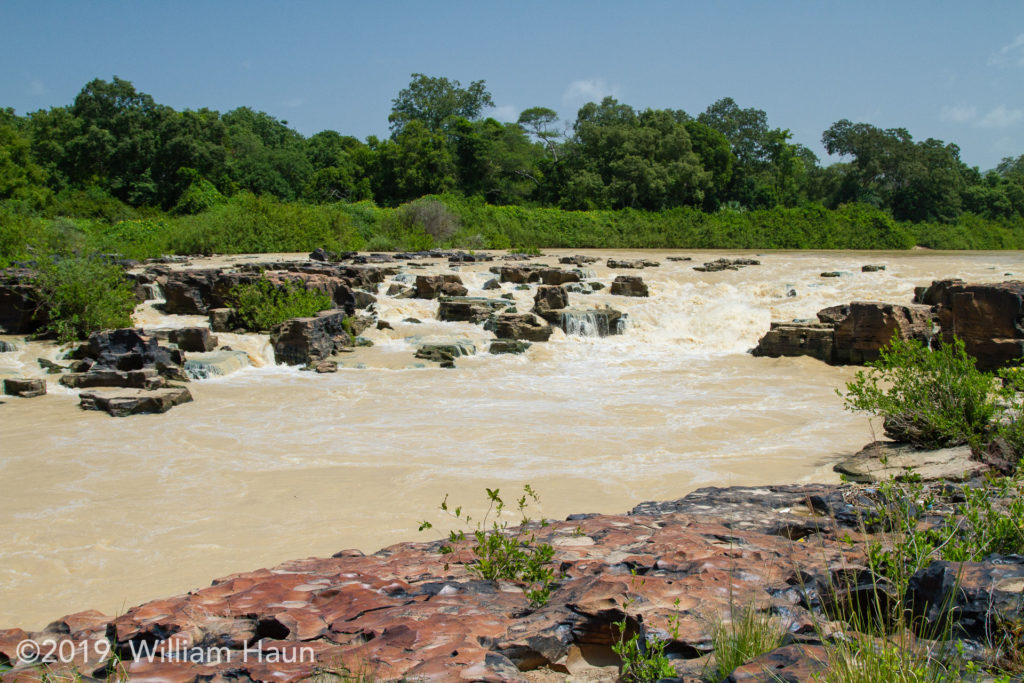


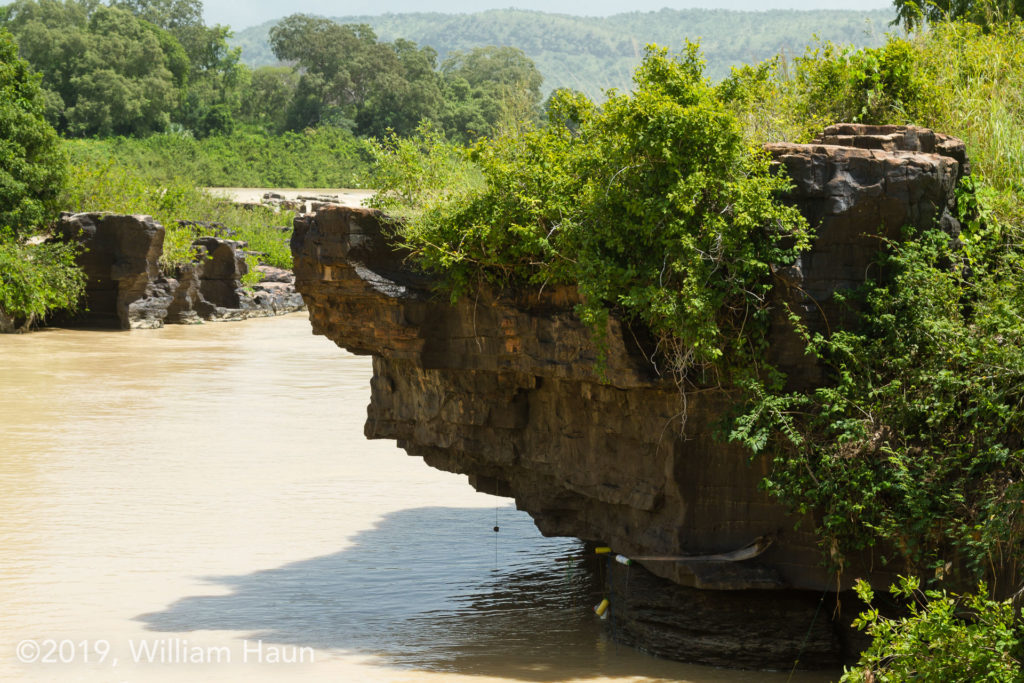

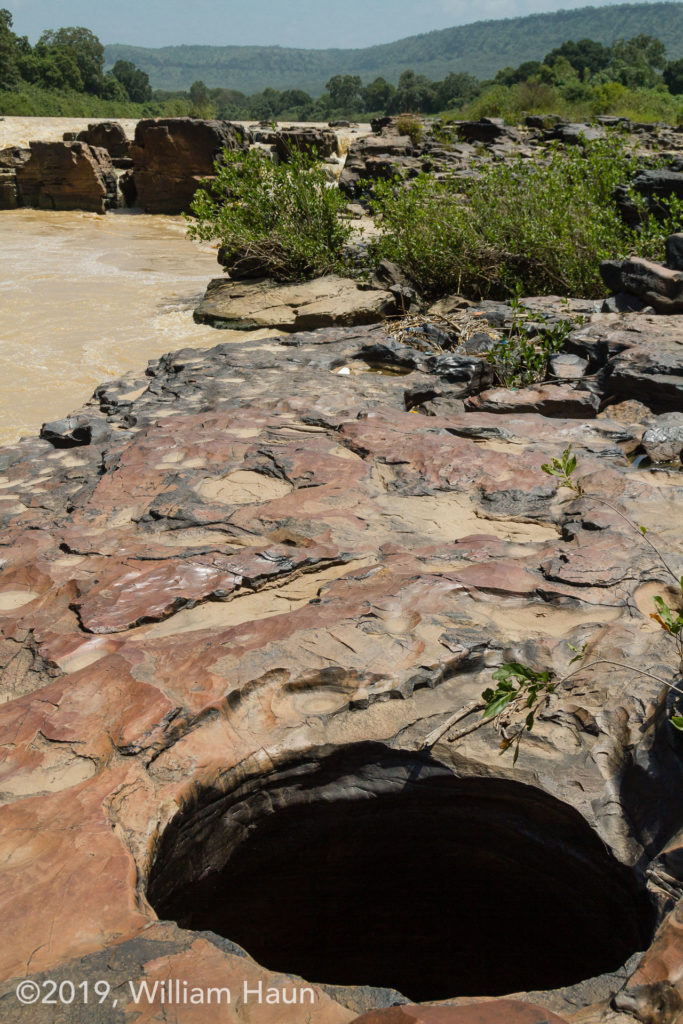






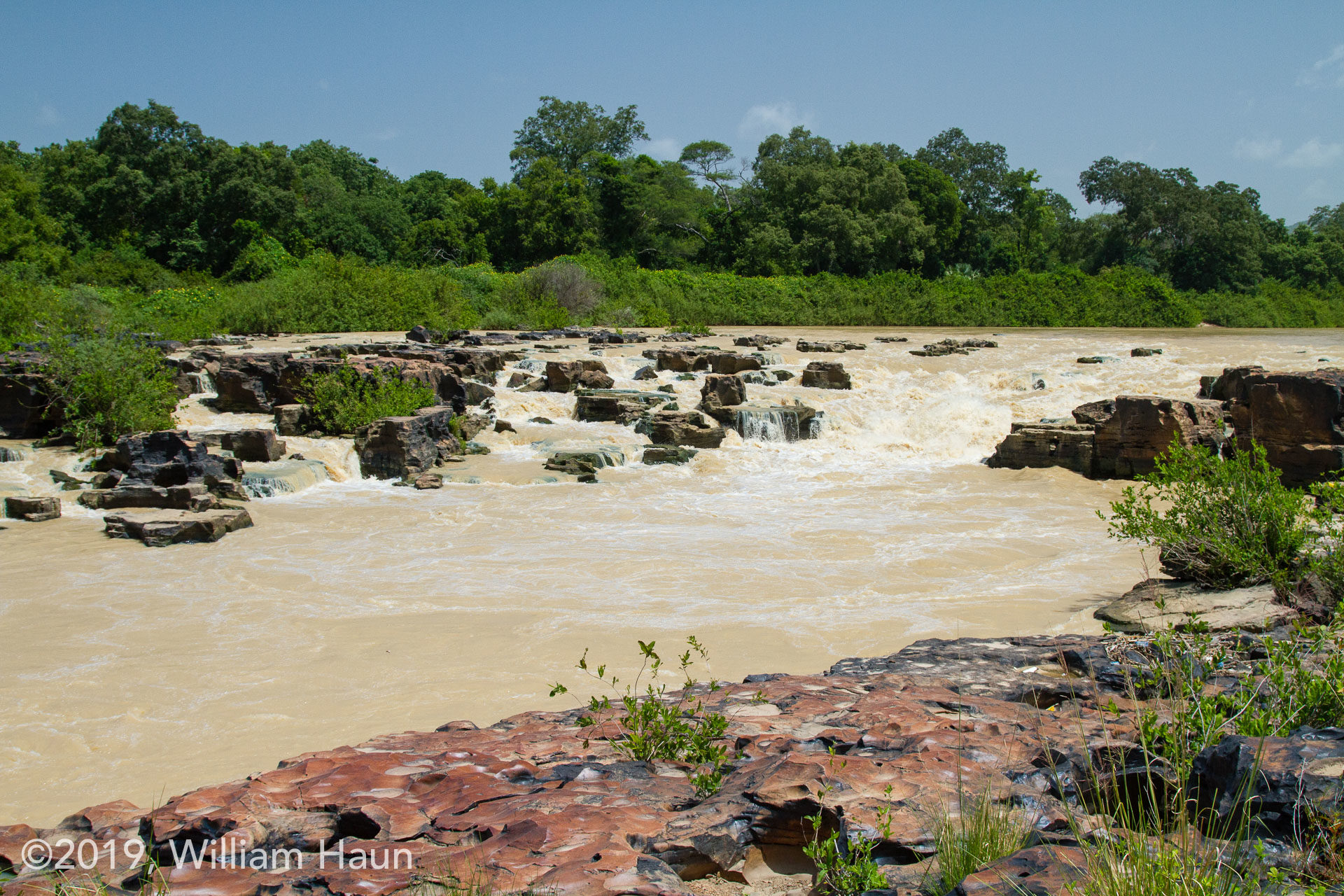


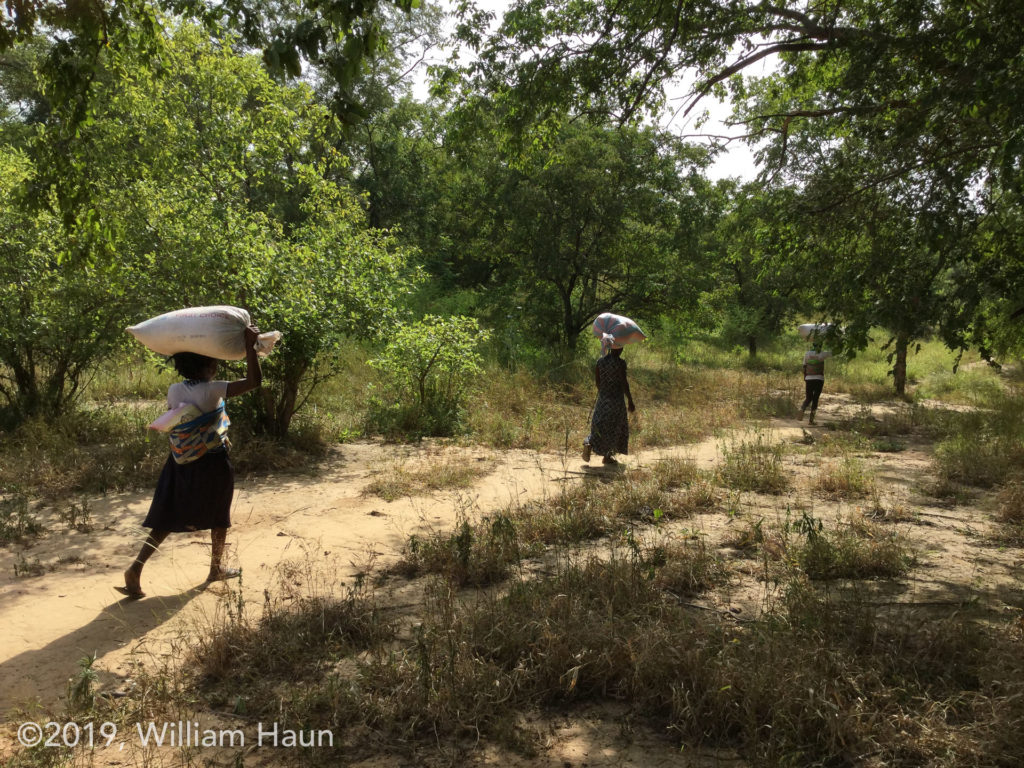

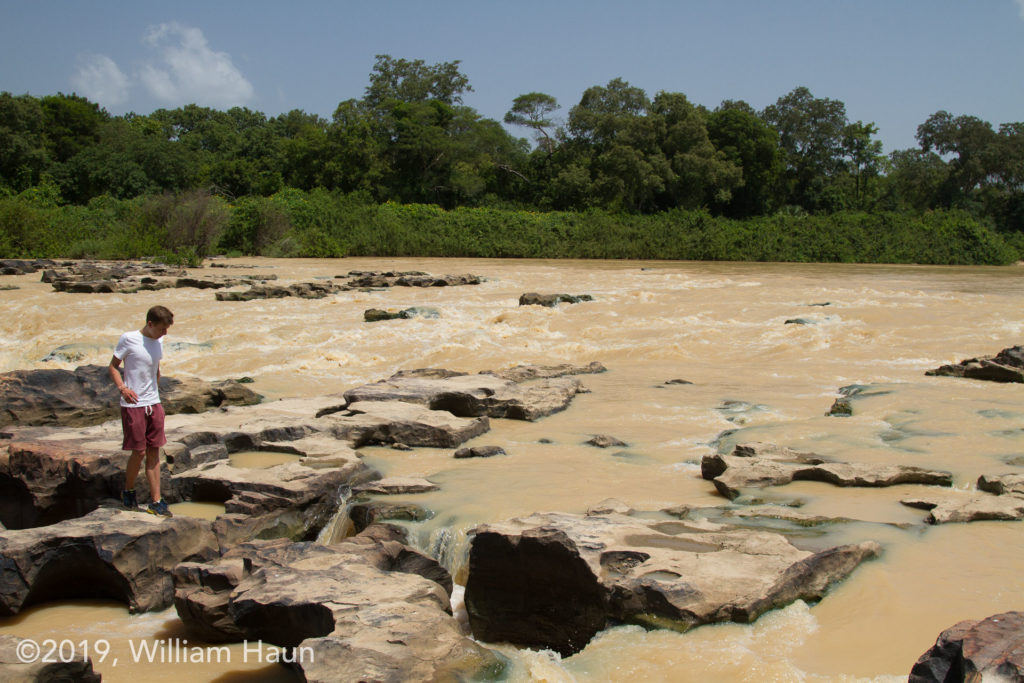
Leave a Comment